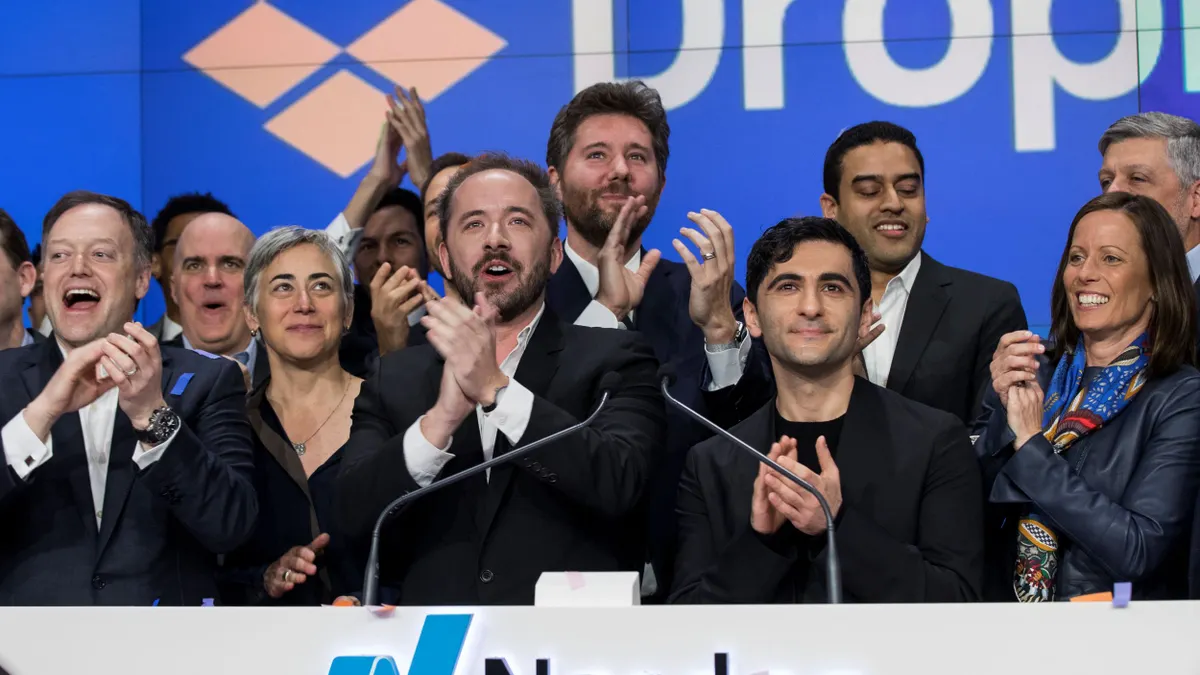As finance leaders hunt for ways to reduce costs, FinOps is having a moment in the spotlight— a recent survey conducted by CloudBolt found 82% of firms now have a formal FinOps practice, and 16% are actively considering creating one.
Approaching the practice in the right way is critical, however, especially as CFOs and their fellow executive leaders try to balance the need for innovation with the push for tighter budgets, said Kyle Campos, chief technology officer for CloudBolt, a hybrid cloud management platform.
For executive leaders and CTOs, “what we’re trying to do is balance innovation, and the product growth initiatives that we’re saying are critical for our company,” he said in an interview. That need can butt up against CFOs’ fiscal responsibilities, especially for companies who still lack a mature FinOps practice.
“I need to give a certain amount of freedom to these engineering teams to explore, innovate and experiment… and then (the) CFO, you're telling me we absolutely have to have, within a very small percentage of tolerance, alignment to a budget forecast,” he said.
Economic headwinds accelerate FinOps push
Created by the FinOps Foundation, FinOps is a cloud financial management discipline where ownership and responsibility of cloud usage is shared across multiple departments and functions, according to the Foundation.
Finance leaders have been eyeing the practice as a way to reduce variable costs, a must as economic headwinds continue to push companies to reevaluate their infrastructure, technology and cloud spending in particular. E-commerce and technology company Amazon pointed to economic hiccups as a headwind in its Amazon Web Service sector in February, for example, with the company seeing a deceleration in the sector as firms tightened their budgets.
From the CFO perspective, therefore, there is “a lot of angst” about the problem of FinOps, Campos said. For many, integrating it was an eventual to-do list item, but tightening margins have made doing so more urgent — the current economic environment has effectively reduced tolerance for budget missteps to zero.
“I would say, this is where the wake-up call really needs to be felt because there are CFOs, CTOs, CIOs, that get fired now because of this problem,” Campos said. “The stakes are high; you can’t wildly miss.”
The need to run tighter ships has motivated many companies and their executive leaders to adopt FinOps in recent months, with 44% saying their FinOps practices were created 12 months ago or less, CloudBolt’s survey — conducted in tandem with Wakefield research — found. Most (89%) also agreed that the practice was the “silver bullet” for helping to ease the complexity of cloud cost management.
In another nod to the practice’s growing popularity, technology behemoth IBM announced its intent to acquire FinOps company Apptio for $4.6 billion late last month.
Executives question FinOps efficacy
While executives — and IBM — may have been convinced of the need to implement FinOps, many remain on the fence about its ultimate usefulness: 45% still question FinOps’ real-world efficacy, according to CloudBolt’s survey. Some (15%) stated it is “theoretically easy but harder in practice,” and 13% said FinOps is “much ado about nothing.”
Additionally, 94% see FinOps as a long-term investment, with 75% saying they believe they will need to wait between 24 to 26 months or longer to see FinOps achieve a positive outcome for their business. Only one respondent out of the 500 surveyed said they had seen a positive material impact from FinOps to date, CloudBolt said.
The relative newness of most FinOps teams is one part of why companies have yet to see material benefits, Campos said, but another facet to consider is the collaboration element of the practice, which many companies may be struggling to execute. Many enterprises are “still poking through the dark” when it comes to figuring out how to incentivize such teams to take collaborative action, Campos said. Only 9% of executives said FinOps was the responsibility of everyone involved in cloud, while 58% said it was the responsibility of a particular executive or team.
These and other challenges mean FinOps remains one of the hardest areas to get right within an organization, Campos acknowledged.
“I think our challenge to enterprises is to say, nobody can afford to wait two to three years to start getting benefits,” he said. “There's not really any reason that that has to be true, other than organizations getting in their own way. And the winners aren't going to accept that — they're going to push through.”





















